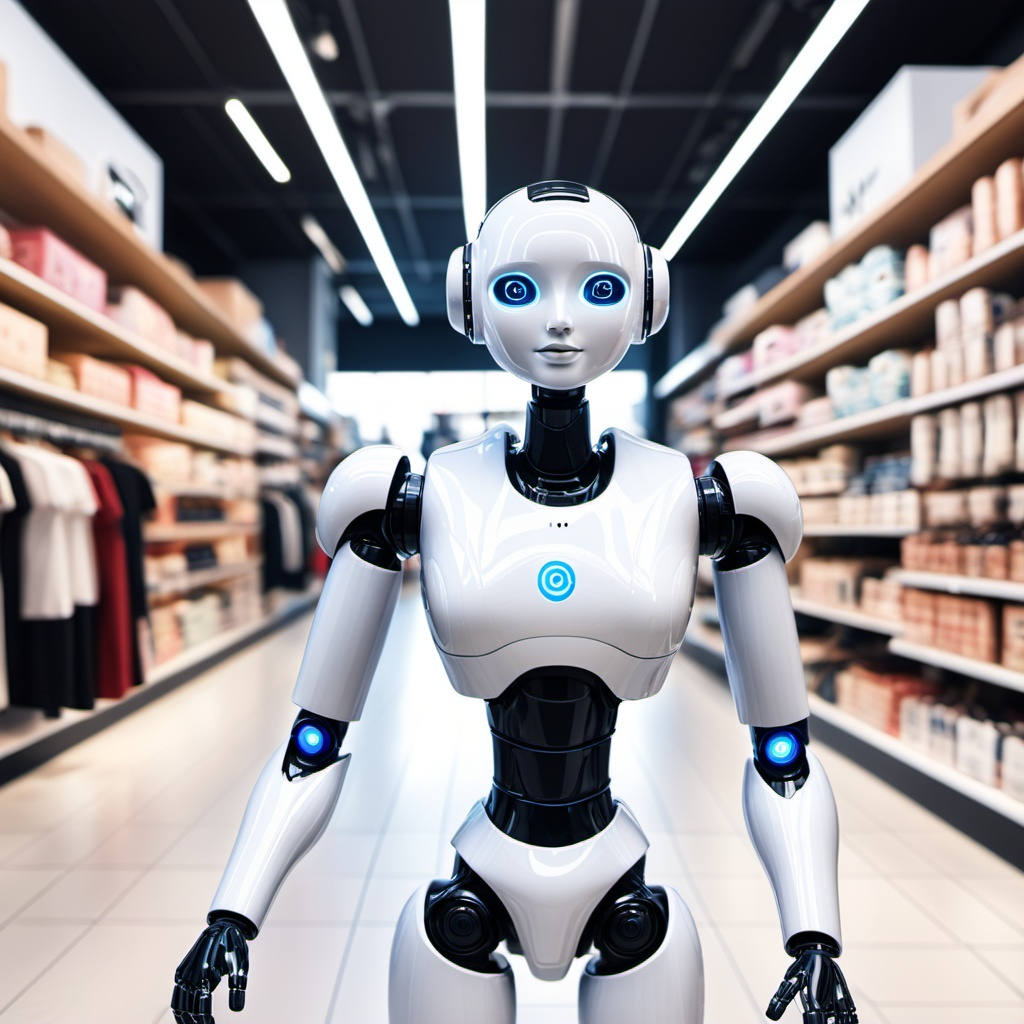The retail industry has always been driven by innovation, but recent advancements in artificial intelligence (AI) are setting a new standard for how retailers operate, engage with customers, and optimize their operations.
Here’s a look at the top 10 AI innovations that are transforming the retail landscape today:
- Personalized Shopping Experiences

AI is revolutionizing the way retailers create personalized shopping experiences. Machine learning algorithms analyze customer data—such as purchase history, browsing behavior, and even social media activity—to deliver tailored product recommendations. Companies like Amazon and Netflix have perfected this with their recommendation engines, suggesting items that are highly relevant to each individual. This level of personalization not only boosts sales but also enhances customer satisfaction by making shopping more enjoyable and relevant.
- Virtual Fitting Rooms

Virtual fitting rooms, powered by AI and augmented reality (AR), are changing how customers try on clothes. It is possible for shoppers to visualize how different garments will look on them without trying them on physically. AI-driven virtual fitting rooms use sophisticated algorithms to simulate the fit, size, and style of clothing, allowing customers to make more informed purchasing decisions. This innovation not only improves the shopping experience but also helps reduce return rates.
- Smart Inventory Management

Managing inventory efficiently is crucial for retail success. AI-driven inventory management systems use predictive analytics to forecast demand, optimize stock levels, and reduce overstock and stockouts. By analyzing historical sales data, market trends, and other relevant factors, these systems help retailers make data-driven decisions, ensuring that the right products are available at the right time.
- Chatbots and Virtual Assistant

A new generation of chatbots and virtual assistants powered by artificial intelligence are revolutionizing retail customer service. These tools can handle a wide range of tasks, from answering customer queries to assisting with order tracking and returns. They are available 24/7, providing instant support and freeing up human staff for more complex interactions. The ability of chatbots to learn from interactions and improve over time makes them increasingly effective at meeting customer needs.
- Dynamic Pricing

Dynamic pricing algorithms use AI to adjust prices in real time based on various factors such as demand, competition, and inventory levels. Retailers can optimize pricing strategies to maximize revenue and respond swiftly to market changes. For instance, e-commerce giants like Amazon employ dynamic pricing to offer competitive prices and promotions tailored to each customer’s behavior and preferences.
- Visual Search

Customers can search for products using images rather than text through visual search technology. AI algorithms analyze images to identify products and provide similar or exact matches from a retailer’s catalog. This innovation makes it easier for customers to find products they’ve seen elsewhere or want to buy, enhancing the shopping experience and driving sales.
- Automated Checkout Systems

AI-powered automated checkout systems streamline the checkout process by reducing or eliminating the need for human cashiers. Technologies such as Amazon Go’s Just Walk Out system use a combination of computer vision, sensor fusion, and machine learning to track items as customers add them to their carts and automatically charge their accounts when they leave the store. This reduces wait times and improves overall customer satisfaction.
- Demand Forecasting

Maintaining optimal inventory levels and meeting customer expectations requires accurate demand forecasting. AI-driven demand forecasting tools use historical sales data, market trends, and external factors like weather and economic conditions to predict future demand with high accuracy. This ensures that popular products are always available, helps retailers plan better, and reduces waste.
- Customer Sentiment Analysis

Understanding customer sentiment is crucial for improving service and product offerings. AI-powered sentiment analysis tools process customer feedback from various sources, including reviews, social media, and surveys, to gauge overall satisfaction and identify areas for improvement. This helps retailers address customer concerns proactively and enhance their offerings based on real-time feedback.
- Supply Chain Optimization

AI is playing a significant role in optimizing supply chains by enhancing visibility, predicting disruptions, and improving logistics. Advanced AI algorithms analyze data from various sources to identify inefficiencies, suggest improvements, and automate decision-making processes. This leads to more efficient supply chain operations, reduced costs, and better overall performance.
Conclusion
AI is undeniably transforming the retail industry by offering innovative solutions that enhance customer experiences, streamline operations, and drive growth. From personalized shopping to automated checkouts, these technologies are setting new standards for how retailers interact with their customers and manage their businesses. As AI continues to evolve, it will undoubtedly bring even more exciting innovations to the retail sector, shaping the future of shopping in ways we can only imagine.














